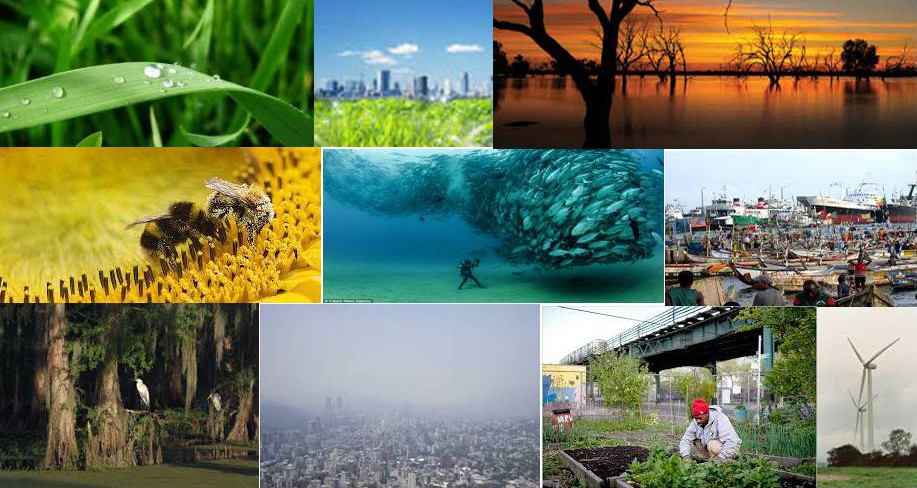For students who were not in class on Wed. April 22, this assignment must be completed and submitted in hard copy on Wed. April 29.
Assigned reading for Wed. April 22 to prepare for in-class project
To prepare for the in-class project on Wed., please read the following articles, “Rebuild by Design” article which describes several coastal renewal projects that are proposed for the New York metropolitan area. We reviewed one of these proposals, “The Big U” earlier in the semester. It is one among many that are planned for areas in and around New York City that are designed to provide protection from another major potentially damaging storm. There is a link to a recent article with a rendering of what the “Big U” would look like in a section of Battery Park City in Lower Manhattan.
There are links in the article that provide more detailed information on each of these projects. You will be asked to choose to focus on one of the following for the in class project: 1) “The Big U” (Manhattan)
2) “Living Breakwaters” (Staten Island)
3) “Living with the Bay” (Long Island)
4) “Blue Dunes: The Future of Coastal Protection”
5) “Hunts Point Lifelines” (Bronx)
The links to following two articles provide details on these projects. Please either print a copy or (if you have a tablet or laptop, bring this to class so that the readings and the links to additional information that they provide can be accessed.
A set of questions to be answered for this project will be distributed in class.
http://www.rebuildbydesign.org/winners-and-finalists/



